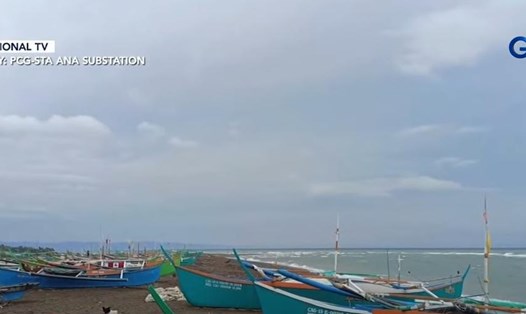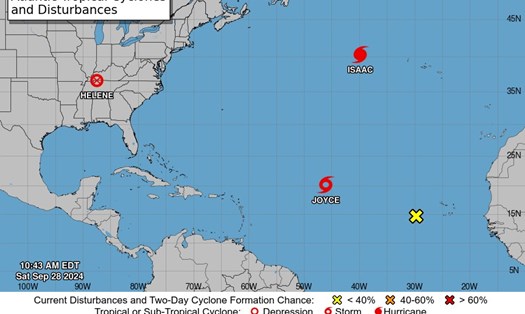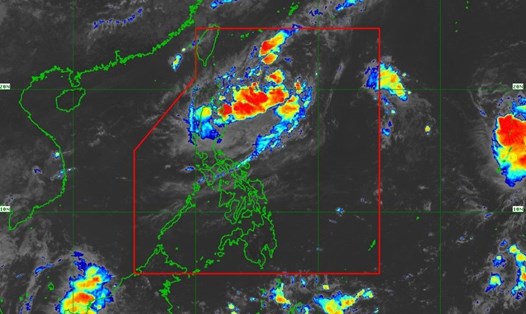According to the Philippine Atmospheric, Geophysical and Astronomical Services Administration (PAGASA), the center of Typhoon Krathon (local name: Julian) is 235km east of Calayan, Cagayan.
The storm has maximum sustained winds of 120 km/h near the center, gusts of up to 150 km/h and is moving west at 15 km/h.
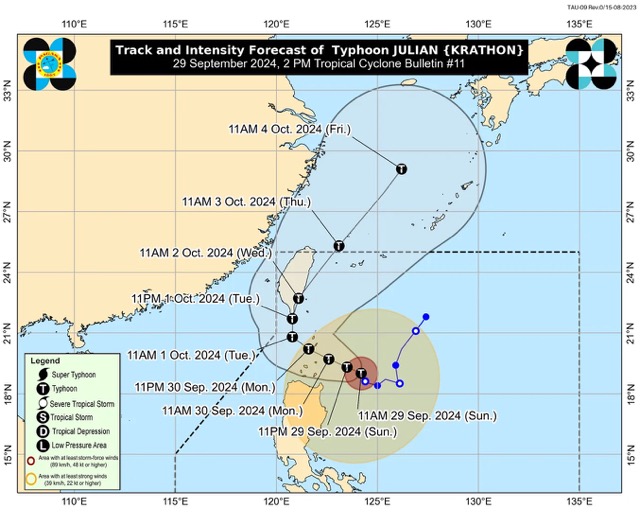
Typhoon Krathon is expected to move mainly west-northwest to northwest from September 29 to the morning of October 1 toward the Batanes-Babuyan Islands area, before accelerating north to north-northeast over waters east of Taiwan (China) from the afternoon of October 1 onwards.
PAGASA said moderate to significant high waves are possible in the coastal areas of Batanes, Cagayan and Ilocos Norte in the next 48 hours. A high wave warning is in effect over the northern and eastern seaboards of Northern Luzon.
Small boats are warned of the risk of getting into trouble at sea due to the impact of the storm. Some localities in the Philippines have banned boats from going out to sea and residents and tourists from swimming due to the impact of the storm.
Some areas in the Philippines are experiencing heavy rain and flooding. Local authorities are preparing to evacuate people in areas that may be severely affected.
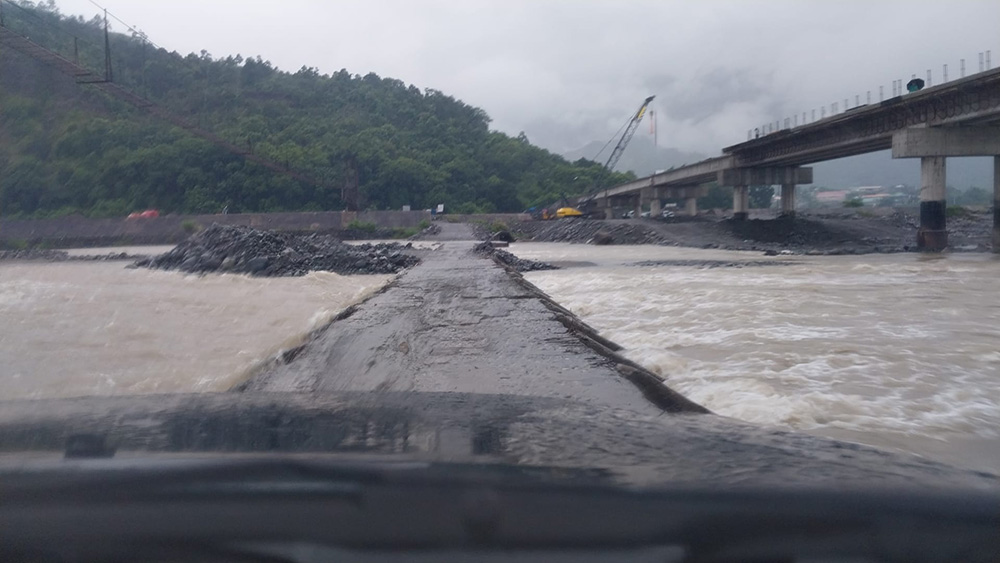
Typhoon Krathon is forecast to make landfall or approach the Philippines on September 30 in Batanes and/or Babuyan Islands as the storm may continue to strengthen over the next 24 to 36 hours.
“With the current intensification trend, the possibility of reaching super typhoon level cannot be ruled out,” PAGASA experts said.
Given these developments, PAGASA recommends that residents and visitors monitor changes and weather updates to proactively adjust activities and travel schedules if necessary.

